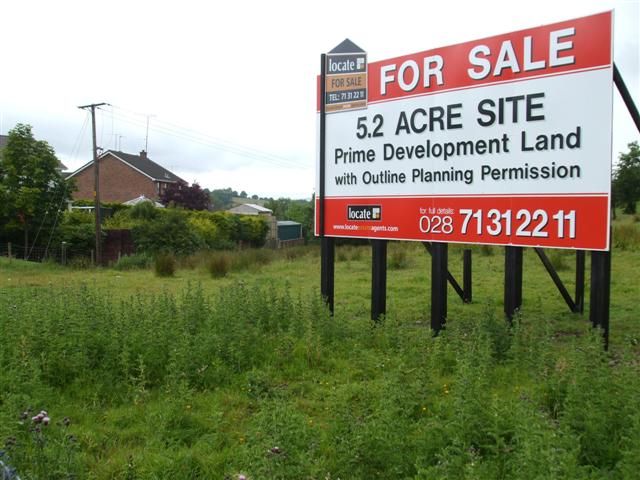The GESP is growing in importance:
Futures Forum: Greater Exeter Strategic Plan for Exeter, East Devon, Mid Devon and Teignbridge and the plans for new housing >>> CPRE seminar with MP Hugo Swire: Friday 19th January
The process of putting this plan into place has been very much out of the public eye, however:
Futures Forum: Greater Exeter and excluding citizens from 'a strategy for inclusive growth'
Futures Forum: Top-down regeneration in East Devon
Futures Forum: The Return of the East Devon Business Forum >>> or, the ‘Greater Exeter Growth and Development Board'
Now East Devon will have to play its part in 'plans' for 'growth' - as dictated from Westminster:
Futures Forum: "Not enough new homes are being built in Devon" according to Government figures
Futures Forum: District Council to consider government's latest forecast for minimum number of new homes to be built in East Devon > "Planning for the future will ensure we are not subject to the whims of others."
Futures Forum: District Council to consider government's latest forecast for minimum number of new homes to be built in East Devon > "A second Cranbrook new town or more new villages"
All of this will have to fit into the bigger picture of Greater Exeter - all of which will be discussed next Tuesday at the District Council:
There could be 57,000 new homes in the Exeter area by 2040
The figure is revealed in the all-important Greater Exeter Strategic Plan (GESP) which lays down the amount of development we will see in the next two decades - and it also includes a major new sports and concert venue
4COMMENTS
Daniel Clark Local Democracy Reporter
29 AUG 2018
A major sports and concert venue, new park-and-ride sites, improvements to rail, bus and road routes, and 57,000 new homes by 2040 are all part of a Strategic Vision for the Greater Exeter Area.
East Devon, Exeter City, Mid Devon and Teignbridge councils are currently preparing the Greater Exeter Strategic Plan to cover strategic matters for their area.
Consultation on the vision is about to start to decide specific issues in October, with the aim to prepare a draft plan for consultation in the summer of 2019 after the local elections.

The Greater Area Exeter Plan
The consultation document includes the new vision for the area, explains what the Government has said the housing need is, asks people what the most important infrastructure projects they need to invest in are and includes the main points for a transport strategy for the area.
TRANSPORT
To improve transport around Exeter, the strategy proposals include:
> trains every 30 minutes, buses every 15 minutes and high-quality cycle routes between Exeter and key towns
> improve the M5 gateway, A30, A38, A303, A380 & junctions on A35/A361
> double the number of car parking spaces serving Exeter in park-and-ride sites on all main corridors
> a comprehensive network of walking and cycling routes
> a new integrated product which combines sustainable travel modes into a single subscription travel service
> a modern, reliable and low carbon network of urban bus routes
INFRASTRUCTURE
Since 2013, more than £320m has been spent on a range of large scale infrastructure projects in the area, including the South Devon Highway, the Exeter Flood Defence scheme and the Cranbrook education campus.

South Devon Highway
Around £135m of schemes are currently in the pipeline, including Exeter bus station, the upgrading of the A382 and Marsh Barton railway station.
But extra large-scale infrastructure that the area needs is likely to cost more than £1billion, the vision says, and will be determined to a large extent by future development sites in the plan that have not been determined. It may include:
> new primary and secondary schools
> relief to major junctions on the M5
> improvements to the A30/A303
> new park-and-ride sites
> improvements to walking and cycling routes
> improvements to rail and bus routes
> healthcare facilities
HOUSING
For the GESP area, 2,600 homes a year are needed, meaning over the 20 years of the plan to 2040, around 57,200 new homes will be built.
The vision says: “Meeting the need for homes and jobs is challenging and we will need to put more detailed thought into the infrastructure implications. However, we know that there are going to be some key areas and projects where investment is needed, irrespective of where the new homes and jobs are going.
“The Councils agree that homes and infrastructure are key issues which the GESP can deal with. As far as is possible, Councils would like to ensure both homes and infrastructure are planned together to provide high quality development.”

Greater Exeter Strategic Plan October 2018 document
SPORTS ARENA AND CONCERT VENUE
In previous discussions regarding the GESP, the Deputy Leader of East Devon District Council has put forward the idea of developing a regionally or nationally significant sports arena and concert venue within the GESP area.
The consultation does not specifically refer to this concept as work in understanding the need for such a facility and how it could be delivered are at an early stage as it is focusesd at high level issues and does not talk in any detail about specific proposals.
It is however considered that the consultation asks about public aspirations for the delivery of infrastructure thus enabling respondents to raise the opportunity for such a facility and make suggestions for what it would be.
WHAT COMES NEXT?
Councillors at each of the four councils will be asked to grant authority to consult on the Greater Exeter Strategic Plan consultation document at upcoming meetings.
It will go before East Devon District Council’s Strategic Planning Committee on Tuesday, September 4, where the committee are recommended to consider whether the proposed Greater Exeter Strategic Plan consultation document “Our New Vision and How We Make It Real” meets their vision for the Greater Exeter Strategic Plan and adequately addresses the associated infrastructure needs including previously indicated aspirations for a sports arena and concert venue.
Teignbridge District Council’s executive, who meet earlier that day, are only being recommended to agree the report in the basis for public consultation. No reference to a sports arena or concert venue is mentioned in the agenda papers for its meeting.

The Roundfield area of Ide
Ironically though, the item next on the agenda for their meeting is to officially make the Ide Neighbourhood Plan – which in doing so would preclude the Roundfield site beside the A30/A377 interchange being used to create a 566 parking space park-and-ride on the site to reduce the traffic levels along Alphington Road in Exeter, as had been hoped by Devon County Council, Exeter City Council and Teignbridge.












